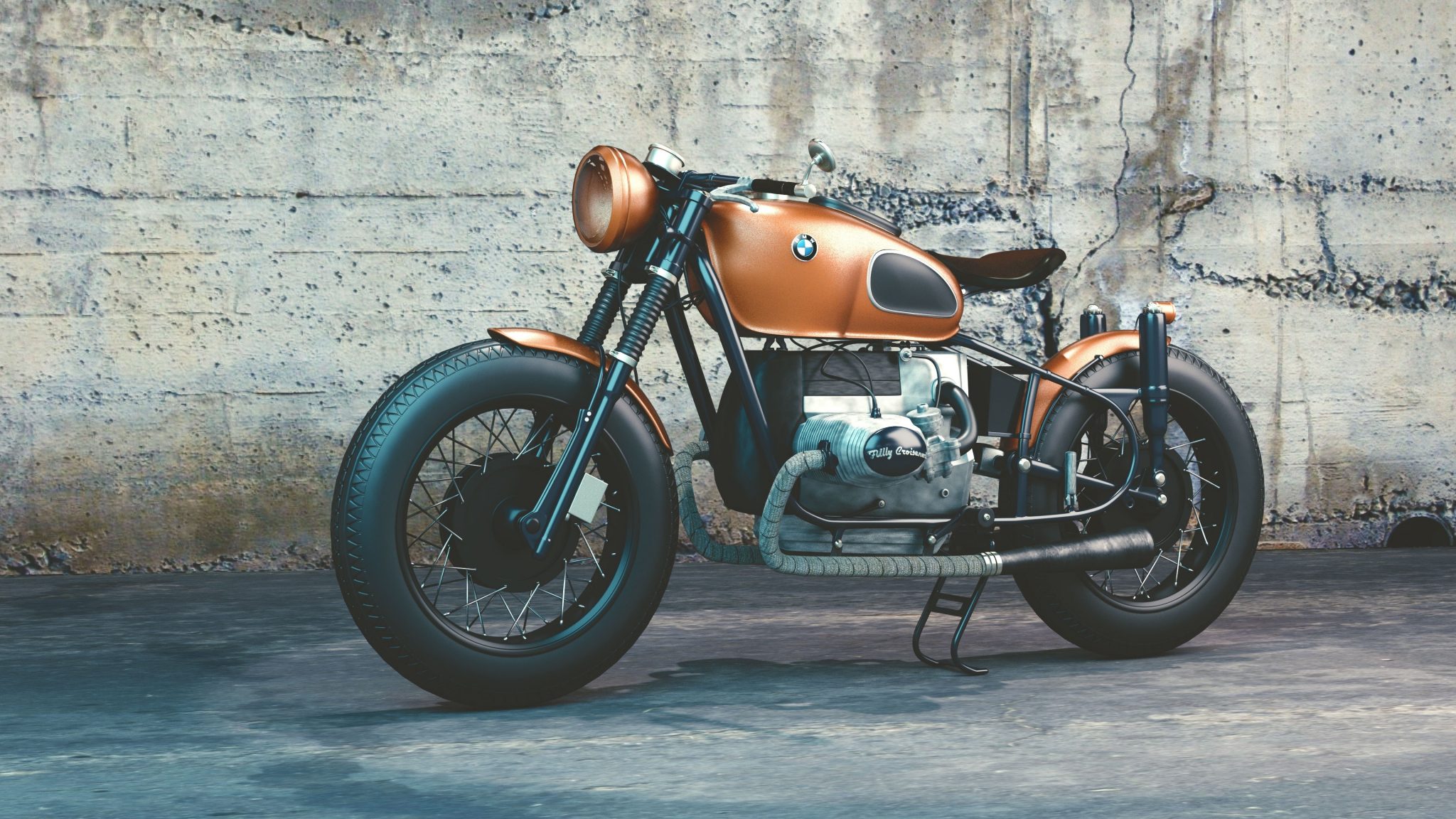If you are a motorcycle enthusiast, you surely know those magical adrenaline rushes when you ride and become one with your beloved vehicle. But the adrenaline doesn’t just go away when you step off your bike, there’s a certain thrill in just knowing that it belongs to you. Of course, there are a lot of different types of bikes that satisfy the needs of many types of passionate motorcyclists. Some are fans of strong sporty bikes that can rev up incredible amounts of power, some are into modern bike designs, while others take pleasure in owning more of a classic vehicle. So when does a motorcycle become classic?
Types of Motorcycles
But terms such as classic and vintage are oftentimes just thrown around, making it sound as if they are interchangeable which isn’t quite true, and such terminology makes it very confusing to tell the difference between the two. But, the truth is a lot of people mix up, classic, vintage, and even modern classic motorcycles with one another. So, to be able to make sure that you know which category your motorcycle falls into, you need to know to tell the differences!
Classic Motorcycles
So what exactly makes a bike a classic? It’s an ongoing debate, and there aren’t any real right or wrong answers, or firm definitions. Different countries have different standards, but there are three main guidelines to follow, for a motorcycle to be considered a classic.
1. Age of the Motorcycle
The first guideline and perhaps the most important one is the age of the bike itself. Insurance wise, different countries have different standards, but the general opinion is that a motorcycle is considered a classic when it’s at least 25 years old. But many motorcycle enthusiasts believe that there is more than just age that adds up to the „classic status“ of a motorcycle: the representation of a certain historical period, rich heritage, or potential artistic value. For instance, many Harley-Davidson motorcycles are considered all-time classics by many. Also, the rarity of the motorcycle itself can be a factor in determining if the bike is a classic or not.
2. The Style of the Motorcycle
The second guideline is the overall style of the bike. Classic motorcycles have a simple design and construction, usually modeled after post WW2 motorcycles. Some of these components are two-cylinder engines, double supports on the rear wheel, and single headlights. It’s very important to know that classic bikes should not be modified because that way they will easily lose their classic status.
3. The Condition of the Motorcycle
The third, and final guideline is the quality of the construction or design of the motorcycle. If it’s poor it can disqualify the motorcycle from being a classic. A classic distinguishes itself from the others by its spectacular performance. It needs proper care, so it should be kept somewhere dry and safe, preferably in a garage, and ridden semi-regularly.
Vintage Motorcycles
Vintage is more of a descriptive word for motorcycles than a category on its own. Let’s put it this way: many classic and antique bikes can be considered vintage, but not all vintage bikes can be considered classic or antique. That’s important to note when you’re applying for insurance. Though insurance companies will likely use the word vintage for classic bikes that have been heavily customized. When it comes to vintage bike festivals though, most of them don’t accept vehicles made after 1975.
Modern Classics
Modern classics are an important category to note here. Modern classic is a broad term and many different types of motorcycles can be considered a part of this category. Some people believe that basically, any bike can become a modern classic because of different types of appeal, and in this context, we’re using the term modern classic to talk about motorcycles made in this day and age which are sporting that retro look. Usually, when it comes to modern classics, people who are not into biking wouldn’t be able to tell the difference if it’s a new classic looking bike, or an old well kept motorcycle from the ‘70s or ‘80s. Many bikers opt for this option instead of owning an actual classic because it’s a lot easier and less time consuming than committing to restoring and taking care of a 25+-year-old vehicle.
At the end of the day, so many things play into the fact if the motorcycle is a classic or not – and sometimes it doesn’t even matter! As long as you love it with all your heart, the label is optional – as the thrill of owning your motorcycle should be more exciting than the label itself!


